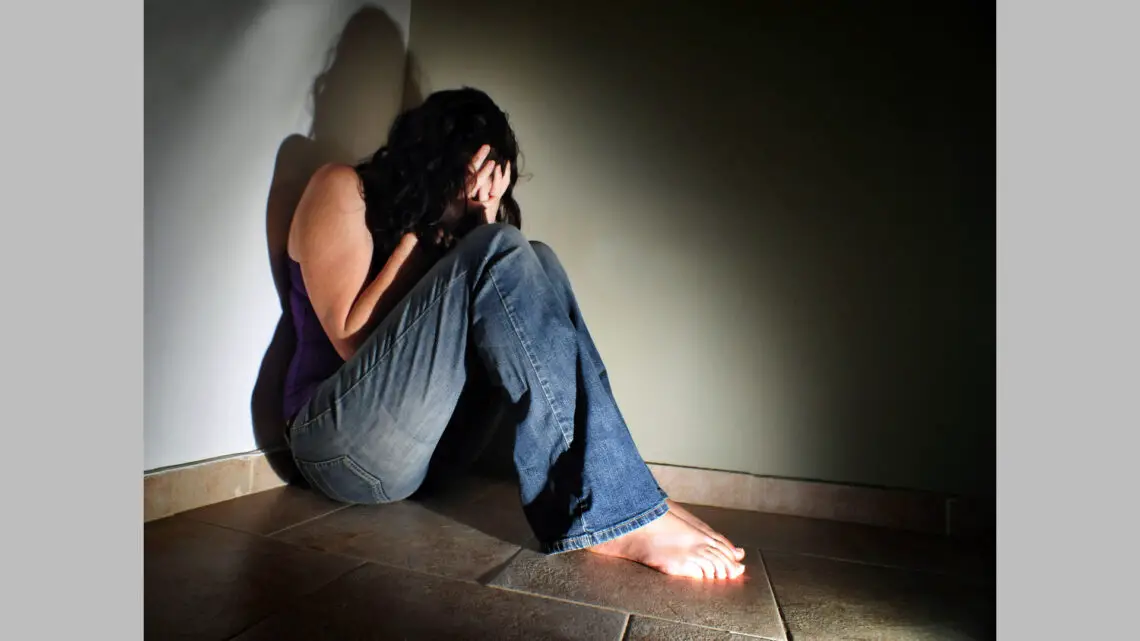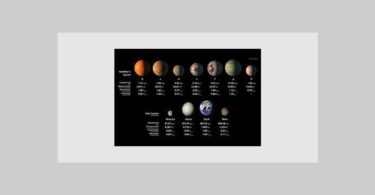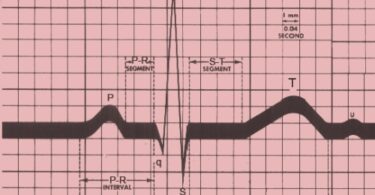It doesn’t reflect well on the health of our society that depression is one of the most common ailments currently affecting our population. In fact, while walking to a local beach not long ago for an early morning swim, I was accosted by a man demanding not cigarettes or cash, but anti-depressants! A 2004-2005 survey carried out for the Australian Institute of Health and Welfare1 by the Australian Bureau of Statistics found that with a total population at the time of around 19 million people, 1,052,600 Australians reported depression as a long term health condition. The extent of this condition is easy to see when it’s compared with the incidence of diseases such as coronary heart disease (280,223), chronic obstructive pulmonary disease (660,525) and diabetes (nearly 700,000). These ratios are probably similar in most other countries around the world.
Given the potential for dependence and side effects from the drugs normally prescribed for depression, it’s common to find sufferers turning to natural therapies to obtain relief, and there are few forms of therapy that have as much to offer the person with depression as homeopathy. One of its main advantages is that, unlike some of the herbs frequently used in this condition, homeopathics lack the potential for drug interactions. In all cases homeopathic medicines are best prescribed on the basis of the depressed person’s entire symptom picture. Where it’s not possible or practical to take a comprehensive constitutional case, or where the constitutional remedy is difficult to determine, it might be worth looking at a group of remedies that several notable authors2, 3, 4, 5, 6, 7, 8 have identified as useful in the management of depression. As always when using homeopathic medicines in this way, for any issues that don’t resolve in a reasonable period of time, for those that increase in severity or where new symptoms arise, the services of a qualified and experienced homoeopath should be sought.
| Remedy | Comments |
| Arsenicum album | The person who may be helped by Arsenicum is characteristically restless, chilly, exhausted, irritable, obsessively neat and tidy and may express anxiety about their health. They may be depressed and tearful, often to the point of attempting suicide. The depression will often be more pronounced after mental exertion and at twilight. They may exhibit signs and symptoms of mania and express a desire to be held. |
| Aurum metallicum | Depression and feelings of worthlessness often associated with loss, where feelings of guilt or betrayal are present, are seen here. They have a need for adoration, although they seek solitude. The Aurum type often has difficulty finding anything around them but darkness and despair and may have a history of attempted suicide. They may have a hyperaesthesia of senses with a particular sensitivity to noise and the depression is more profound when alone. |
| Graphites | The person who responds to Graphites will often suffer from depression and thoughts of death that are more noticeable in the evening They may suffer from anxiety in the morning and may experience spells of crying without apparent cause, that alternates with periods of irritability. They may be absent-minded and suffer from easy grief or irritation. The depression is usually worse from music and worse during menses. |
| Ignatia | With Ignatia the depression is often something that persists after the loss of a loved one, after shock, grief or disappointment and symptoms may be more pronounced in the morning. The sufferer can often be heard sighing or quietly sobbing. They may complain of a lump in the throat and may sit with a vacant stare. The person may also exhibit wildly fluctuating moods of behaviour such as spells of crying alternating with cracking jokes. They’re often angry and difficult to placate and experience silent grief. |
| Lycopodium | The Lycopodium type is noticeable by their depression which is accompanied by crying, is more prominent in the morning and before menses. They may also appear to be listless, anxious and are not inclined to communicate. They can exhibit signs of a poor memory, lack self confidence and appear to fear solitude. |
| Natrum mur | The closet depressives who often hides their depression with what appears to be irritation will often respond well to Nat mur. They may be found in tears, particularly if they’re being watched. They shun attempts to console them and consolation may even aggravate their condition. They constantly dwell on the past and prefer solitude. Symptoms are usually worse during pregnancy and worse before or during menses. |
| Nux vomica | The depression seen in Nux vomica is that of silent grief with an inability to weep. They may have a suicidal disposition but will rarely attempt suicide. They are typically anxious, irritable and argumentative. They may also appear to be critical of others, impatient, oversensitive as well as being often violent, nervous and excitable. They’re intolerant of noise, strong odours or bright lights. Their symptoms are usually worse after food, stimulants, alcohol and worse in the morning. |
| Phosphoricum acid | In this instance the depression is more noticeable when walking; the more walking is done, the more noticeable the depression becomes. In general the sufferer is quiet, restless, anxious, listless, and apathetic. A weakness of mind is often present, with a difficulty in concentrating, poor memory and disordered thinking. The sufferer is indifferent to things that were once cherished. The silent grief from disappointed love is often a feature here. |
| Phosphorous | Depression with involuntary laughing is frequently characteristic of the depressed Phosphorous type. Mental exhaustion can also be seen as can a lack of mental agility. The sufferer is easily distracted, has a poor memory and experiences anxiety for others. Symptoms are often worse during a thunderstorm, during headaches or in the dark. |
| Platina | Where depression is seen with contempt for others, great pride and self esteem, Platina can often be useful. Hysterical alternations of laughing and weeping may be seen here. Platina symptoms are often worse for wounded pride or sexual excitement, worse indoors, worse in the evening and worse when spoken to. |
| Pulsatilla | This remedy is commonly recommended in cases of post-natal depression, depression of adolescents, depression caused by hormonal imbalance and depression in those who’ve suffered a loss or betrayal or have received bad news. Weeping is a noticeable feature here. The Pulsatilla type weeps easily and feels better for it. They may weep when giving symptoms and weep on occasions of either joy or sorrow. They will often seek reassurance and attention and are improved by it. They may also appear anxious and fearful, crave sympathy and they may express a fear of insanity. Symptoms are usually worse in the evening and the sufferer has a noticeable lack of thirst. |
| Sepia | The person needing Sepia will usually appear to be depressed, anxious, irritable and tired and will often cry on giving their symptoms. Their depression may be improved by crying but not by emotional support. They display a marked lack of interest in their partners, children or anything else that they formerly took an interest in. They’re averse to company yet dread to be alone and may also be Intolerant of contradiction. |
References
1. www.aihw.gov.au/cdarf/data_pages/incidence_prevalence/index.cfm (accessed 4.9.08)
2. Das RBB. Select Your Remedy. 14th Edition, May 1992, B Jain, New Delhi, India.
3. Clarke JH. A Clinical Repertory to the Dictionary of the Materia Medica. Health Sciences Press, England, 1979 ISBN 0 85032 061 5.
4. Dewey WA. Practical Homoeopathic Therapeutics. 2nd Edition, B Jain, New Delhi, 1991.
5. Bouko Levy MM. Homeopathic and Drainage Repertory. Editions Similia, France, 1992, ISBN-2-904928-70-7.
6. Raue CG. Special Pathology and Diagnostics with Therapeutic Hints. 4th Edition, 1896, B. Jain, New Delhi.
7. Knerr CB. Repertory of Hering’s Guiding Symptoms of our Materia Medica. 1997, B. Jain, New Delhi.
8. Lilienthal S. Homoeopathic Therapeutics. 3rd edition, 1890, Indian Books and Periodicals.





This article is very much lucid and informative.Thanks for the attempt to express many things so precisely.
the article full of thought.realy helpfull of such pt.though all remidy very well prove and many a time used clinically in day to day clinical practice.thus r worth reading too.
regard to Robert Medhurst .
A wonderful explanation regarding depression and remedies for it.
Excellent description of the various homeopathic medicines to treat depression. Thank you, Dr. Medhurst